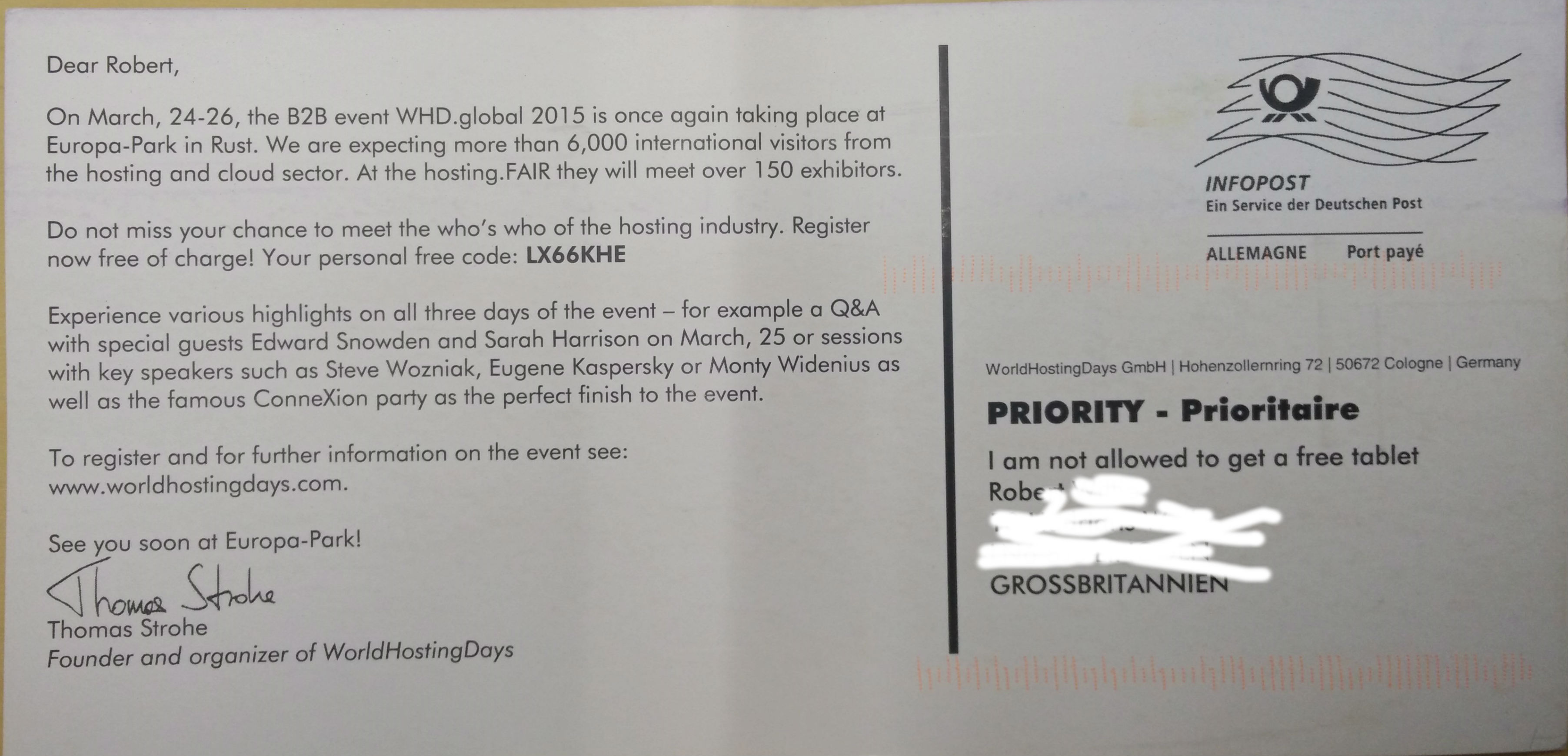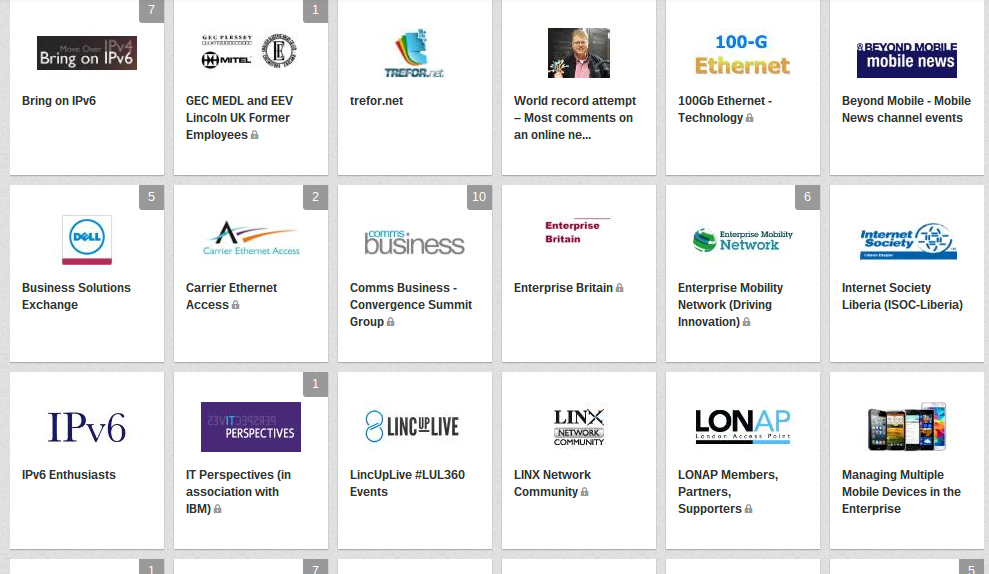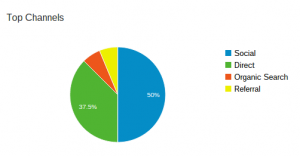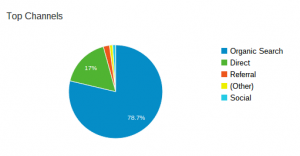 IP Phone Design for IT Departments
IP Phone Design for IT Departments
In her third post of the week on IP phone design SNOM Technology AG Marketing Manager Lesley Hansen explores the issues that have to be taken into consideration to keep the CIO happy – IP phone design for IT departments.
The average Information Technology (IT) Department is a busy places, especially since IT and Telecoms have now come together in one area of responsibility within most organisations. The challenges posed by telephony have increased since hot desking and mobile working have become an intrinsic part of business life.
The scale may change but the same challenges apply whether you are an individual running IT for a small business or a team running IT for a large company. In addition to maintaining existing systems and handling moves, adds and changes most IT departments are actively working to introduce new systems and applications and they often also provide a helpdesk function for assistance to all staff with use systems and application software.
So when we introduce the IT department to a new IP handset it is important to have recognised the demands and pressures they are under and so we need to have made sure we have incorporated their requirements while designing the product. Critical considerations for IT are those characteristics that facilitates the easy and cost effective operation of their department. In practical terms this means we need to consider issues of support, adds, moves and changes, return on investment, configuration, maintenance and use of the handset in multiple scenarios and situations.
Supporting Moves, Adds and Changes
Moves, adds and changes (MAC) is the general term for the routine work performed on computer and telephony equipment in a business and includes installations, relocations and upgrades. The professional handset must be easy to set up and administer ongoing and must not break the IT budget and MACs can be one of the most costly aspects of supporting a telephone system.
Adding additional IP handsets involves the configuration and installation of the new handsets and it’s synchronisation with the PBX or Telephony server. With professional IP handsets today this can be done remotely by the network manager or by the Value Added Reseller using predefined user characteristics and then the preconfigure handset can be despatched directly to site to be plugged in by the user. The saves the IT specialists from travelling to site and allows them to have a central controlled view of the installations.
Change is inevitable in business as organizations grow, expand, and adapt to new market demands. Whether the changes involves moving staff or equipment in the present location or moving to an entirely new location there is a potential cost involved to the IT Team as they deploy new IP handsets or allocate users to new handsets. One of the advantages that can be designed in to an IP handset it that it can be relocated by plugging into a new Ethernet port and will automatically re synchronise with the PBX or Telephony Server.
Security Considerations
Security is a big issue today – so it is important to design IP handsets to support encryption and Snom handsets are all designed in accordance with the EU privacy recommendations. A risk of MACs is that it introduces an opportunity to security attacks. Remote Provisioning delivers substantial benefits for ITSPs & End Users, but Provisioning Servers must be secured. As a vendor we are aware that Provisioning Servers are a prime target for attack to steal SIP credentials which can then be used to make fraudulent calls.
Key protection considerations according to the Internet Telephony Services Providers’ Association (ITSPA) recommendations for provisioning are authentication of provisioning requests which should ideally be using HTTPS client certificates, ensuring that SIP passwords are deleted from SIP servers as soon as provisioned and avoiding the use of TFTP for remote provisioning. All of these considerations are important to the IT department when selecting an IP handset and Snom’s provisioning application is fully compliant with the ITSPA Recommendations for Provisioning Security, released in July 2014.
Securing VoIP communication minimizes threats to the network and the risk of theft of private information by a hackers. Security issues with a VoIP implementation often have little to do with the telephony system. If an existing network has security vulnerabilities, these can be exploited once VoIP is implemented. Your choice of handset can play a vital part in addressing security concerns. For example the Snom 710 comes with a preinstalled security certificate for quick and secure provisioning without manual interaction. It also supports the latest VoIP security protocols to ensure secure desktop communications.
Support and Cost of Downtime
Another concern for the IT specialist is downtime, a report from a major telephone supplier last year indicated that one in five companies fire an employee when a network outage occurs. The sectors where IT staff were most at risk of losing their jobs due to core network errors were the natural resources, utilities and telecoms sectors, where one in three companies fired employees. This is because network downtime is costly to the business. Gartner analyst Andrew Lerner in mid-2014 cited a figure of $5,600 p/minute, which extrapolates to well over $300K p/hour. Even if these figures seem excessively high for your business it makes the point that the reliability, resilience and durability for all components of the network are key to the business and if neglected risk business profitability, and so the IT specialist is looking for an IP Handset that is reliable and easy to support.
Snom handsets are designed to have an have exceptionally low RMA’s – we ensure this is the case to reduce the cost to the business both in downtime and in support costs.
Costs of Ownership (COO) and Return on Investment (ROI)
A solution that will be cost effective and easy to roll out means considering not only the cost of acquisition, but the cost of ownership and life of the product but also the durability of the handset and it’s connecting network, as they effect the cost of operation and their IT budgets.
Interoperability is also key as it effects not only the cost of the solution today but also the cost to the business if changes are needed in the future. Only when all these aspects are taken into account will the IP Handset be considered to deliver value for money to the IT department. Ensure the handsets you are considering are compatible with a large number of SIP components and VoIP systems of other manufacturers. Standard based handsets reduce operational cost and complexity and so have the ability to reduce the cost of building and supporting a telephony infrastructure. Interoperability enables “best-of-breed” deployments, this best-of-breed environment meets the requirements for rapidly deploying IP Telephony solutions. Interoperability also empowers you to leverage existing investments effectively extending the life of existing components and protecting the investments you’re your business has made.
IP Handset durability is also important in this area because if reduced this increases the exchanges required due to faulty handsets, with knock on costs for repair or replacement. To keep the cost of ownership down a vendor need to ensures that the product life is sufficiently long to provide the project with a return on investment.
Further posts in this week’s guides to how to design an IP phone can be found below:



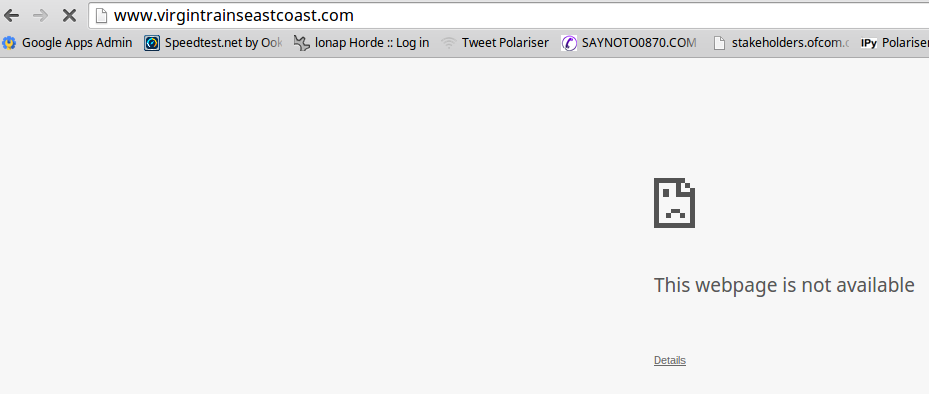

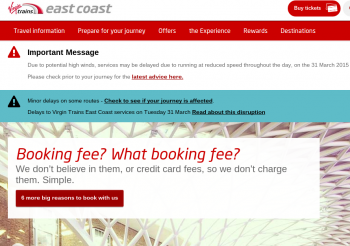


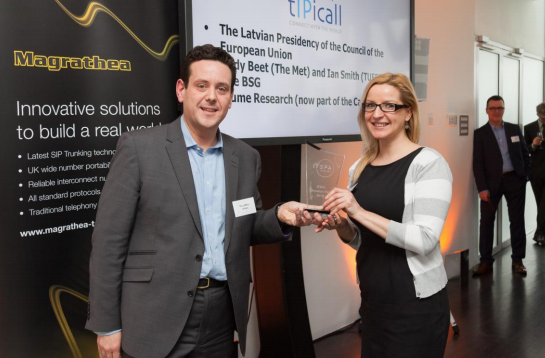
 Somewhat belated congratulations ot
Somewhat belated congratulations ot  The upshot is that all major network operators have openly committed to net neutrality – a position that was definitely not the case hitherto – something that has been hidden in the small print of ts and cs never read by customers.
The upshot is that all major network operators have openly committed to net neutrality – a position that was definitely not the case hitherto – something that has been hidden in the small print of ts and cs never read by customers.
 Domhnall Dods says the next Government should be looking at Electronic Communications Code reform
Domhnall Dods says the next Government should be looking at Electronic Communications Code reform Andrew Cormack of Jisc asks the next government for cloud policy guidance over safe and lawful use of cloud offerings
Andrew Cormack of Jisc asks the next government for cloud policy guidance over safe and lawful use of cloud offerings
 Data protection reform – Government should stop promoting industry and government interests at the expense of protecting citizens says Gus Hosein of Privacy International
Data protection reform – Government should stop promoting industry and government interests at the expense of protecting citizens says Gus Hosein of Privacy International James Firth – Agile young start-ups challenge the incumbents and stop the market from getting lazy. Government innovation bods take note
James Firth – Agile young start-ups challenge the incumbents and stop the market from getting lazy. Government innovation bods take note